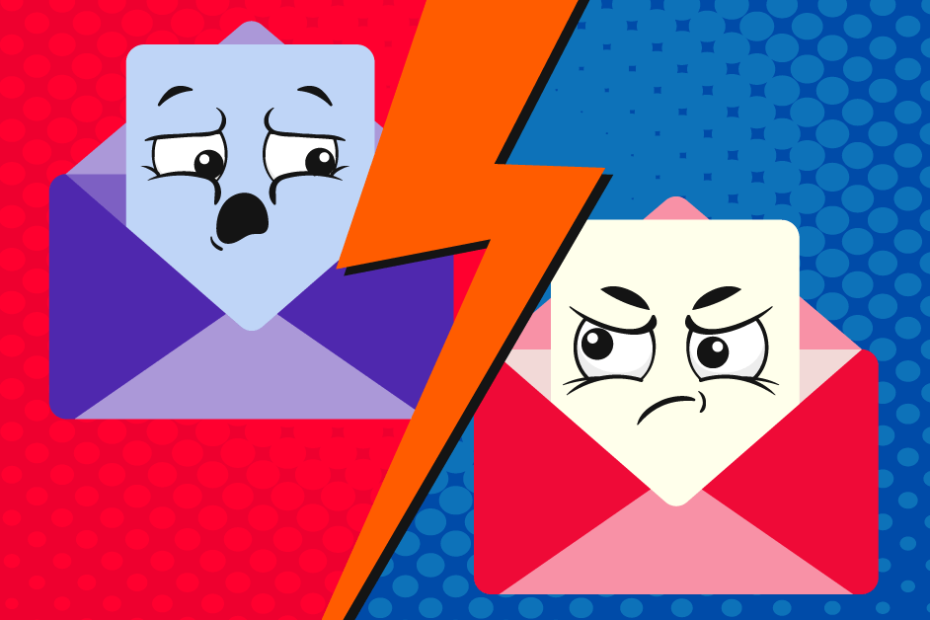Understanding the Email Marketing Landscape
The numbers speak for themselves: Email marketing generates an average ROI of [$42 for every $1 spent]. In 2024, with 4.6 billion email users worldwide, picking the right platform isn‘t just about features—it‘s about strategic advantage.
Market Statistics Worth Noting:
- 89% of marketers rank email as their top lead generation channel
- Mobile opens account for 61% of all email opens
- Personalized subject lines increase open rates by 26%
- Automated emails generate 320% more revenue than non-automated emails
Comprehensive Platform Analysis
Feature Comparison Table
| Platform | Free Plan | Automation | AI Features | Mobile Support | API Access |
|---|---|---|---|---|---|
| MailerLite | Up to 1,000 | Basic | Yes | Full | Yes |
| Brevo | 300/day | Advanced | Limited | Full | Yes |
| ActiveCampaign | No | Advanced | Full Suite | Full | Yes |
| Omnisend | Up to 500 | Advanced | Yes | Full | Yes |
| Moosend | Trial Only | Advanced | Yes | Full | Yes |
Pricing Analysis (Monthly Rates for 5,000 Subscribers)
| Platform | Basic Plan | Mid-Tier | Enterprise |
|---|---|---|---|
| MailerLite | $39 | $59 | Custom |
| Brevo | $65 | $129 | Custom |
| ActiveCampaign | $99 | $199 | $399 |
| Omnisend | $79 | $159 | Custom |
| Moosend | $45 | $149 | Custom |
Deep Dive: Platform Capabilities
MailerLite
Advanced Features:
- Website builder with hosting
- Digital product delivery
- Newsletter templates
- Interest group segmentation
Performance Metrics:
- 99.3% delivery rate
- Average open rate: 21.48%
- Click-through rate: 2.62%
Brevo
Key Capabilities:
- Multi-channel marketing
- Landing page builder
- CRM integration
- Workflow automation
Technical Specs:
- REST API with 40 calls/second
- SMTP relay: 300 emails/day (free)
- Real-time analytics
- Custom tracking domain
ActiveCampaign
Enterprise Features:
- Predictive sending
- Custom reporting
- Attribution modeling
- Advanced segmentation
Integration Ecosystem:
- 870+ integrations
- Custom API endpoints
- Webhook support
- Native CRM
Advanced Email Marketing Strategies
Deliverability Optimization
Key Factors:
Authentication Protocols
- SPF records
- DKIM signatures
- DMARC policies
Infrastructure Requirements
- Dedicated IP addresses
- Proper DNS setup
- Bounce handling
Content Guidelines
- Text-to-image ratio
- Spam trigger avoidance
- Mobile optimization
Automation Workflows
Basic Automation Sequence
- Welcome Series
- Initial greeting ( hours)
- Product introduction (24 hours)
- Social proof (72 hours)
- First offer (7 days)
Advanced Automation
Behavioral Triggers
- Website activity
- Purchase history
- Email engagement
Segmentation Criteria
- Demographics
- Behavioral data
- Engagement levels
- Purchase history
Industry-Specific Solutions
E-commerce Platforms
Requirements:
- Product catalog integration
- Abandoned cart recovery
- Order confirmation
- Shipping updates
Recommended Solutions:
Omnisend
- Native e-commerce integration
- Product recommendation blocks
- Purchase tracking
- Revenue attribution
Klaviyo
- Advanced segmentation
- Predictive analytics
- Customer lifetime value tracking
- Dynamic product feeds
B2B Marketing
Essential Features:
- Lead scoring
- Account-based marketing
- Sales team integration
- Meeting scheduling
Platform Recommendations:
HubSpot
- CRM integration
- Meeting scheduler
- Document tracking
- Sales pipeline
Pardot
- B2B automation
- Lead nurturing
- ROI reporting
- Account-based marketing
Technical Considerations
API Integration
Integration Capabilities:
- REST API access
- Webhook support
- Custom endpoints
- Rate limiting
Data Security
Compliance Requirements:
- GDPR compliance
- CCPA regulations
- Data encryption
- Access controls
Mobile Optimization Strategies
Design Principles
Responsive Templates
- Fluid layouts
- Breakpoint optimization
- Image scaling
- Font sizing
Content Guidelines
- Short paragraphs
- Clear CTAs
- Thumb-friendly buttons
- Quick loading images
Analytics and Reporting
Key Metrics
Engagement Metrics
- Open rates
- Click rates
- Conversion rates
- Revenue per email
Technical Metrics
- Bounce rates
- Spam complaints
- Device usage
- Time of engagement
Advanced Analytics
Attribution Modeling
- First touch
- Last touch
- Multi-touch
- Custom models
Predictive Analytics
- Churn prediction
- Lifetime value
- Engagement scoring
- Send time optimization
Implementation Guide
Migration Strategy
Data Transfer
- List cleaning
- Segmentation setup
- Template migration
- Automation transfer
Testing Protocol
- Spam testing
- Rendering tests
- Integration testing
- A/B testing
Best Practices
List Management
- Regular cleaning
- Engagement monitoring
- Sunset policies
- Re-engagement campaigns
Content Strategy
- Personalization
- Segmentation
- Testing schedule
- Content calendar
ROI Maximization
Revenue Strategies
Personalization
- Dynamic content
- Behavioral triggers
- Product recommendations
- Custom offers
Testing Framework
- Subject lines
- Send times
- Content variations
- Call-to-action
Future Trends
Emerging Technologies
AI Integration
- Content generation
- Send time optimization
- Predictive analytics
- Automated segmentation
Interactive Elements
- AMP for email
- Dynamic content
- Real-time personalization
- Interactive surveys
Expert Recommendations
Platform Selection Criteria
Business Size
- Startup: MailerLite, Moosend
- SMB: ActiveCampaign, Brevo
- Enterprise: HubSpot, Salesforce
Industry Focus
- E-commerce: Omnisend, Klaviyo
- B2B: HubSpot, Pardot
- Content: Kit, MailerLite
Investment Considerations
Total Cost Analysis
- Base subscription
- Additional features
- Integration costs
- Training requirements
ROI Factors
- List growth rate
- Engagement metrics
- Revenue attribution
- Resource requirements
Conclusion
Selecting the right email marketing platform requires careful consideration of your specific needs, technical requirements, and growth plans. Focus on:
Core Requirements
- Essential features
- Scalability needs
- Integration capabilities
- Budget constraints
Growth Potential
- Feature roadmap
- Pricing structure
- Support quality
- Platform stability
Remember to regularly review your platform choice as your business grows and new features become available. The email marketing landscape continues to evolve, and staying current with new capabilities and best practices is essential for maintaining competitive advantage.
